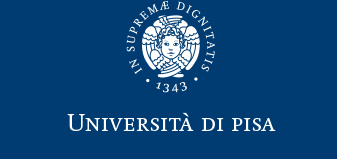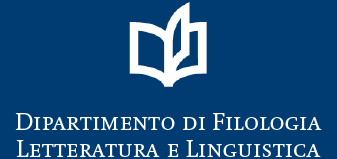The role of phonography in creating (and using) new orthographies. The case of Deitsh
In my talk, I will deal with Deitsh (or Pennsylvania German/Dutch), a minority language spoken in several speech islands in North America by some 300.000 people (Louden 2016). The language, which developed around 1800 from different German dialects, is embedded in and shaped by a multilingual diasystem embracing American English varieties and residual High German forms. This makes Deitsh a worthy candidate for investigation on alphabetic writing in language and literacy contact situations (see Weth, Böhm & Bunčić 2020).
The first short publications in Deitsh go back to the 1840s/1850s and since then a fair amount of texts, including dictionaries and grammar books, has been produced. Nevertheless, Deitsh has not been standardized so far (Hans-Bianchi 2016). The lack of a fully fledged standardization gives room for variability at the orthographic level, which can reveal the underlying representations and attitudes both of the orthographers and of individual writers.
I will show examples from different spelling systems created for Deitsh through its history – each one aiming at finding the best fit for it – focusing on the phonographic dimension of these orthographies, without excluding non-phonographic aspects. In particular, I will discuss the most recent system created from scratch by a team of Wycliffe Bible translators for the Deitsh language (Committee for Translation 1993). This orthography heavily leans on English and to a minor degree on German spelling conventions, aiming at permitting an easy reading process for the speakers who use the language mainly in oral communication (Hans-Bianchi 2014). In recent years, Jehova’s Witnesses decided to follow these spelling rules in their (online) Deitsh publications (www.jw.org/pdc/). Many of their English texts have been translated into Deitsh, which – as a mostly unreflected “side-effect” – has produced numerous new word spellings, frequently English loanwords, not found in the initial Bible translation. By observing not only the systematic spelling rules consciously created by the orthographers, but also the spelling choices writers make in specific writing (and reading) situations, we may gain interesting insights about how a newly written language can be perceived, analysed and linked to the surrounding languages and orthographies.

